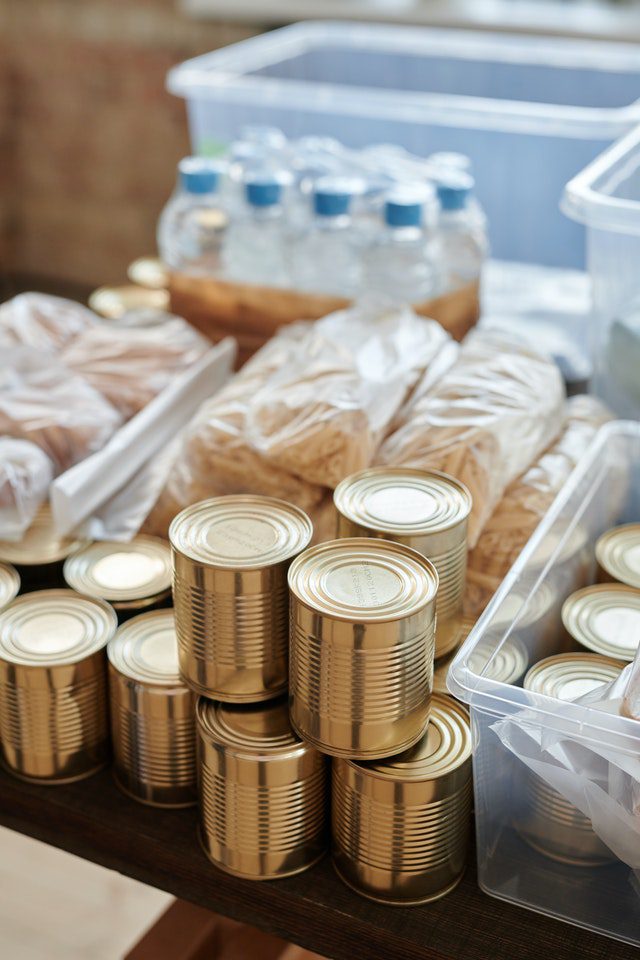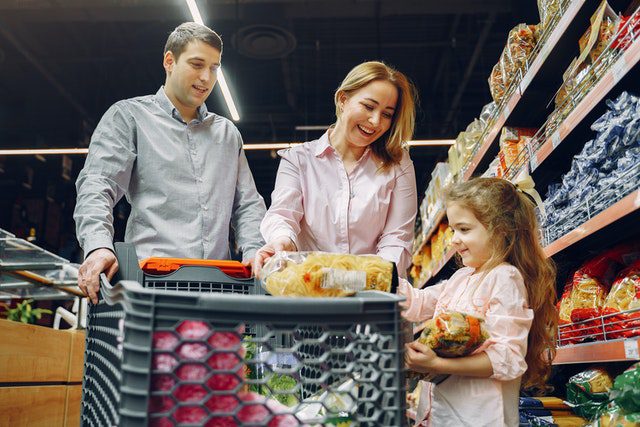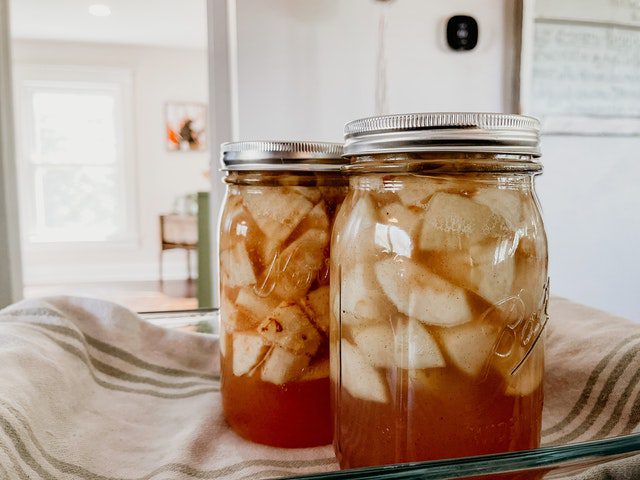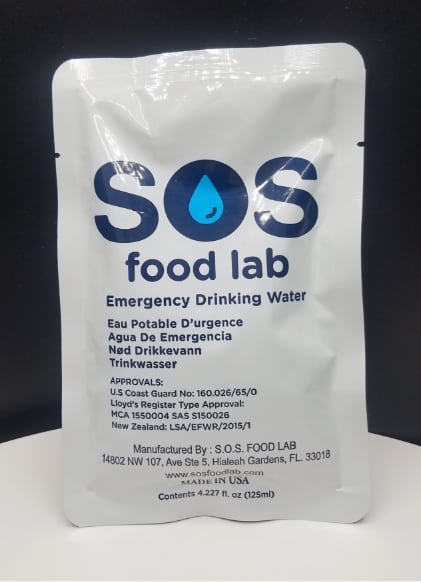There are many reasons why food prepping and planning an emergency food storage ahead of time are big topics. If you are worried about the next pandemic, natural disaster, or national food shortage, it may help alleviate your peace of mind to be prepared.
Whether you want to be prepared for a famine, disaster, economic collapse, or a zombie apocalypse—emergency food prep is one of the best places to start. People generally need at least one gallon of water per day, and it’s not difficult to have water stored away.
Food prepping can be an involved process, so it’s always good to start as soon as possible. Bear in mind that food prepping revolves around financial security. You prepare for low-probability, high-impact events like being laid off at work or your house catches on fire. Many situations can happen that we didn’t plan for.
4 Things You Should Know About Food Prepping
Emergency Prepping for Short-Term Survival
It’s always good to be prepared for short-term survival in a flood, hurricane, tornado, or another disaster that leaves you unable to get to the store for more food. Your pantry should be stacked with canned goods, especially the kind with a pull-tab, so you don’t need to rely on a can opener. Also, stock up on other canned foods, pet food, children’s food, snacks, frozen veggies and fruit.
You should have easy-to-eat foods that supply energy if your power goes out, such as nuts, peanut butter, and granola.

Emergency Prepping for Long-Term Survival
If a disaster keeps you confined to your house for a week or more, you will quickly run out of short-term survival supplies. Since driving to the store is no longer an option, you must ensure that you have prepared for the long haul.
The number one item every house should have are MREs or Meals Ready to Eat. Originally created for the military, anyone can purchase these online. Always have more MREs than the number of people in your household, and have at least one MRE per person per day. Planning for two or three weeks gives you a lot of leeway in case of power outages.
Invest in dry grains, rice, beans, peas, flour, etc., that can be used for bartering if supermarkets cannot supply food.
Establish a Safe Storage Room
Your daily-use pantry may not have enough storage space to keep your survival food safe. Ensure that you can access the area during a natural disaster.
It doesn’t help if your storage shed is out of reach in a flood! Make sure that your space is safe from animals and pests.
Food Prepping Can Be Done Over Time
What is the first thing Americans do when there is a global disaster or emergency? They flock to the store and buy out all the toilet paper, meat, milk, etc. When it becomes clear that the power may go out, the last thing you want is to be stuck in a house without any food at all, and now all the grocery stores have run out.

You can avoid this nightmare situation by preparing ahead. Every time you go to the store, buy a gallon of water with your regular groceries. Get a few cans of soup, a bag of rice and beans, etc. You don’t need to go over the top or budget, but a little bit here can bring your food supply reserves up within a few months.
Then, if a crisis unfolds, you won’t be standing in line for the last can of mystery soup among hundreds of fellow shoppers.
Emergency Food Rations
Of course, one of the most sure-fire ways to be prepared in a pinch is to have emergency food rations from SOS Food Lab. Our products are designed to last for 5 years! Explore all of our emergency food and water products at sosfoodlab.com.

